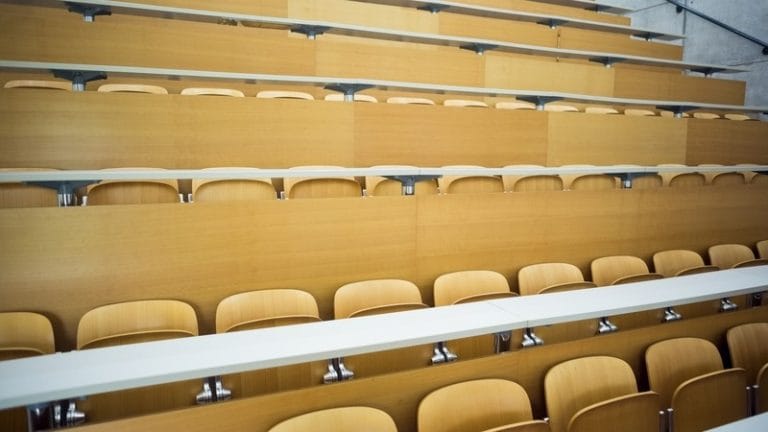After Brexit, Ireland has the highest college fees in Europe. In France, for example, they can cost as low as €170 a year. In Ireland, a student will normally pay €3,000 or more.
Higher education fees have come into sharp focus with Covid-19. At the start of the crisis, some universities announced that they would have ‘blended learning’ – some physical class activity as well as online classes. In reality, most courses have gone online but despite repeated calls, the colleges have not given any fee reductions.
High fees are a major class barrier. The Higher Education Authority has acknowledged this by pointing to the fact that students from affluent backgrounds are twice as likely to attend college as students from deprived backgrounds.
But this only gives us a glimpse of the real inequality of access.
The level of inequality varies according to different colleges. Thus, Trinity College, University College Dublin, the Royal College of Surgeons of Ireland only have 5% of students from deprived backgrounds. By contrast, Letterkenny Institute of Technology has 25%. Which shows that averages hide as much as they reveal.
Class inequality also varies with the courses. Most people are aware that medicine is a ‘posh’ subject. But the Higher Education Authority provides shocking figures that show an amazing level of inequality. Just 4% of students who study medicine come from deprived backgrounds. This is despite the fact that people from these communities are more likely to suffer ill-health.
There are reasons for this bias. One is that medical fees are much higher than in other undergraduate courses. Thus, in UCD, for example, the fees to study medicine is a shocking €16,290 for graduate entry.
To enter from school, you need to gain extremely high points in your Leaving Cert and you are more likely to gain these if you have gone to a private school. But that is not all. You also need to do an HPAT examination. But you are not likely to succeed unless you have undertaken a two-day preparation course and grinds. Which, of course, comes with a high fee.
In addition, medicine has a deeply conservative culture and a special type of snobbery. It is regarded as a ticket to financial success and so the wealthy have mounted protective barriers to entry.
In contrast, social care is dominated by students from working-class backgrounds as very few students from the upper professional strata enter it. These social division are indicators of how medicine in Ireland is tied to money.
Class inequality varies with the area. If we look at Dublin, for example, we find that 99% of young people from Dublin 9 and 84% from Dublin 4 go to third-level education. These two areas happen to have the highest concentration of private schools By contrast, just 15% of young people from Dublin 17 – which has a heavy concentration of manual workers – go to third-level education.
On Thurs March 25th, the Dáil will vote on our bill for a radical reform of access to third-level education, which includes abolishing the Leaving Cert, scrapping all third-level fees, and investing in extra third level places.
This is a big priority next week and we will be putting out content early in the week to highlight the upcoming vote. We are asking our supporters please share our content and also post their own stories of barriers they’ve faced in further and higher education.
* Big push/thunderclap at 1 pm on Tuesday 23rd March.
